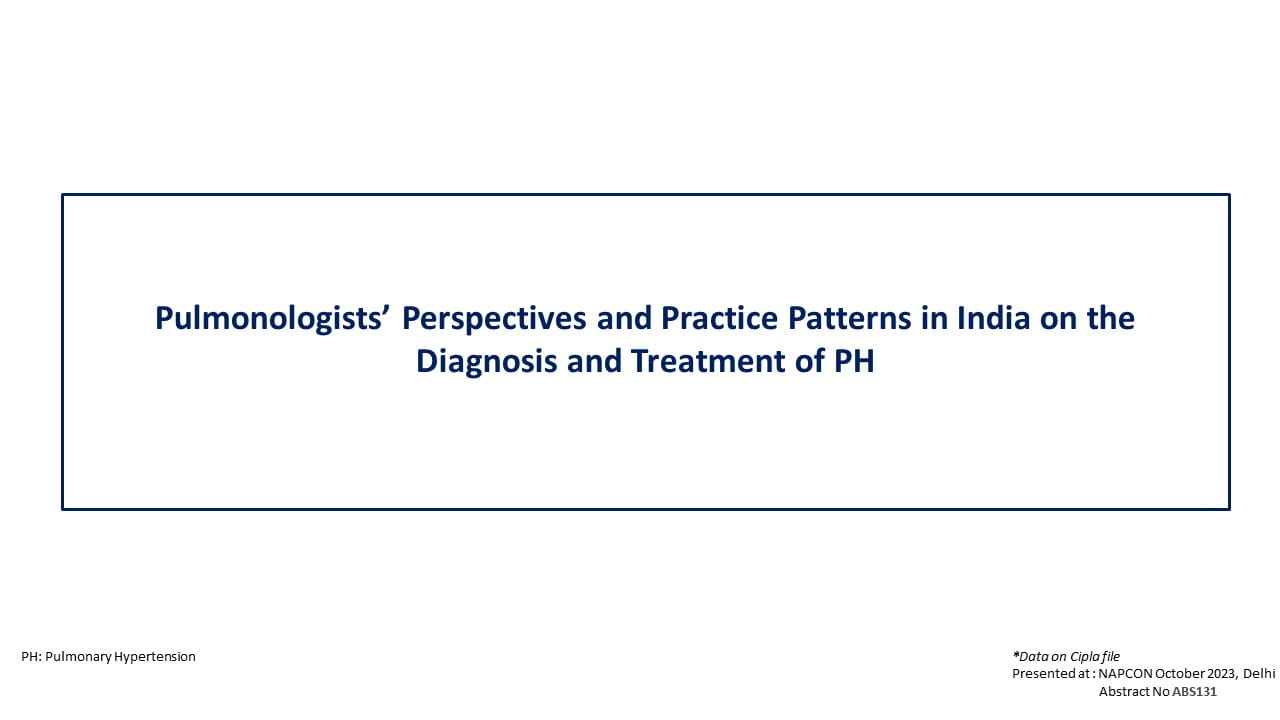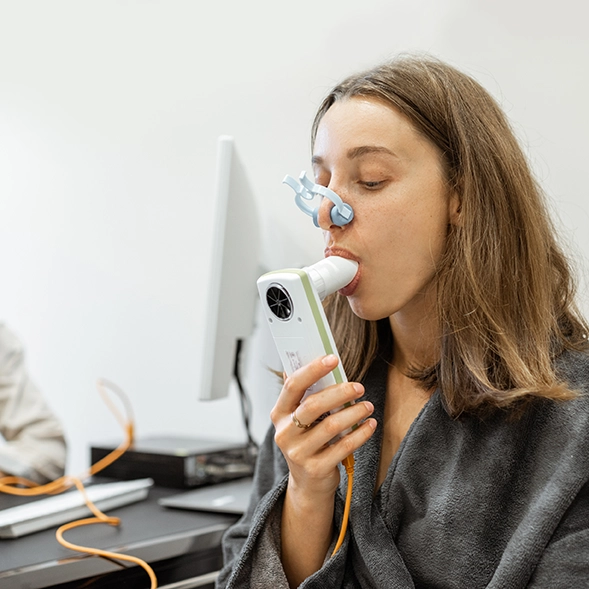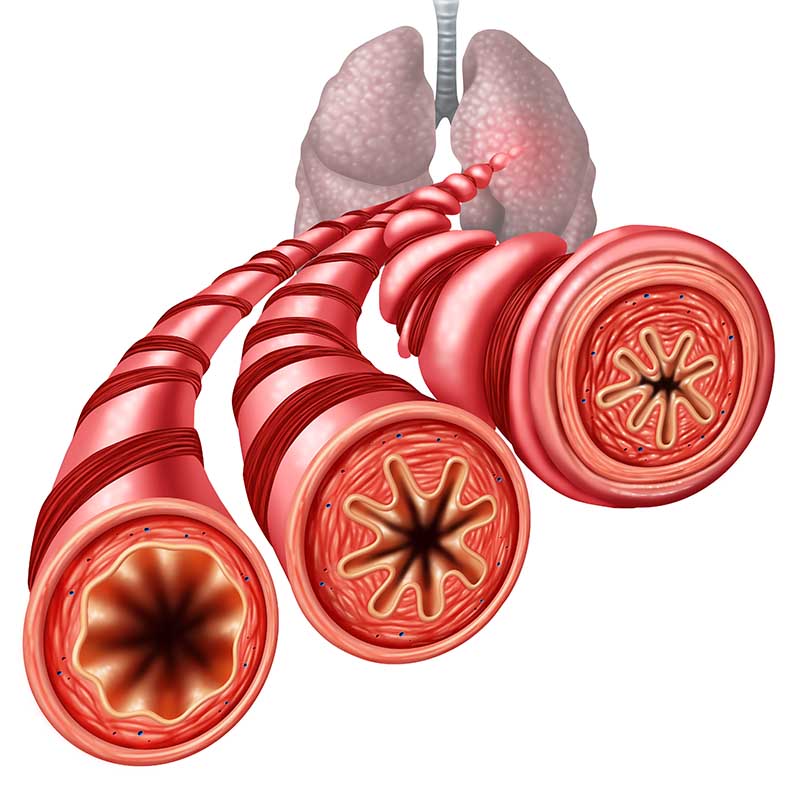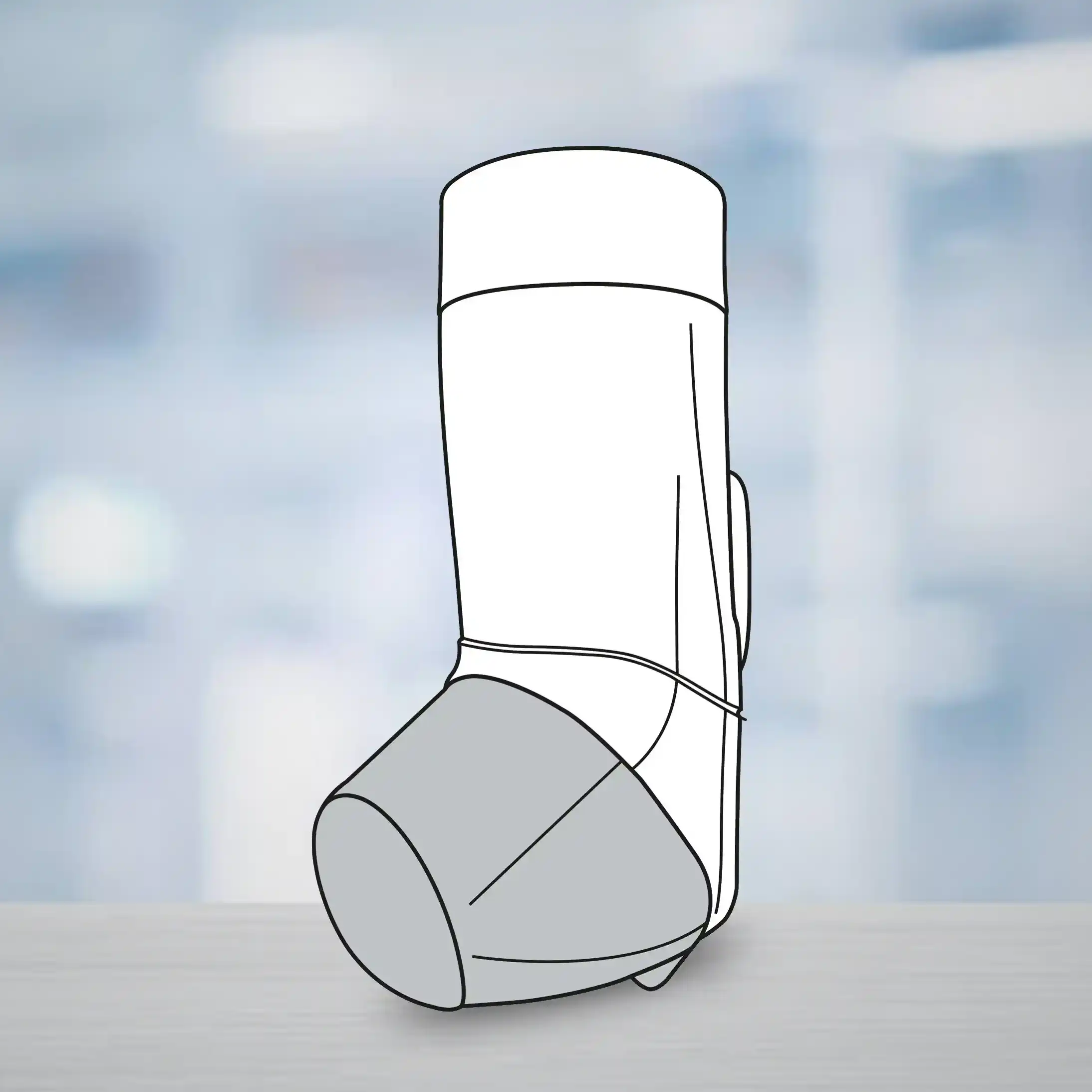What is Favipiravir?
Favipiravir is an oral, antiviral drug, which has been granted Emergency Use Authorisation in the treatment of coronavirus disease 2019 (COVID-19) by the Drug Controller General of India. It was approved in Japan for the treatment of influenza in 2014. It has now been repurposed for use in COVID-19 patients.
How Does it Work?
Favipiravir is a prodrug that is ribosylated and phosphorylated intracellularly to form the active metabolite,favipiravir ibofuranosyl-5’- triphosphate (T-705-RTP). T-705-RTP competes with purine nucleosides and interferes with viral replication by incorporation into the virus RNA and, thus, potentially inhibits the RNA-dependent RNA polymerase (RdRp) of RNA viruses, thereby halting the production of the virus in the infected cell.
Favipiravir is incorporated into cells and coverted to favipiravir ibofuranosyl 5 triphosphate (favipiravir-RTP) by host cells. The triphosphate form, favipiravir-RTP, inhibits the activity of RNA polymotase (RdRp) of RNA viruses, AO, aldehyde oxidases, RMP, Ribosyl monophosphate.
Does Favipiravir Demonstrate Antiviral Activity against Sars–Cov-2?
Favipiravir was identified to have activity in-Vitro against severe acute respiratory syndrome coronavirus 2 (SARS-CoV-2) in standard assays that have been carried out to measure the antiviral effects of the drug on the cytotoxicity, virus yield and infection rates.High concentrations of favipiravir [half Maximal effective concentration (EC50) = 61.88 ?M, half-cytotoxic concentration (CC50)>400 ?M, and selectivity index (SI)>6.46] were required to reduce the viral infection.
What Are the Clinical Benefits That Have Been Shown with the Use of Favipiravir in Covid 19?
An open-label, non-randomised trial of 80 patients with COVID-19 in China showed a significant reduction in the time to SARS CoV-2 viral clearance in patients treated with favipiravir compared with historical controls treated with lopinavir/ritonavir (4 days versus 11 days; p<0.001). Greater improvements were also seen in the computed tomography (CT) images of patients on favipiravir at day 14 (91.4% versus 62.2%, P=0.004). In another randomised study conducted in 120 patients with confirmed COVID-19, favipiravir led to shorter latencies to relief for pyrexia by 1.70 days (P<0.0001) and cough by 1.75 days (P<0.0001) when compared with umifenovir. Further, a greater number of patients with moderate disease (55.86% in the umifenovir group and 71.43% in the favipiravir group; p=0.0199) showed clinical recovery at day 7 when compared with umifenovir.
In Japan, favipiravir is provided to hospitals admitting confirmed COVID-19 patients after a request for compassionate use was made to the Ministry of Health, Labour and Welfare. A total of 2,158 cases were registered from 407 hospitals till 15 May 2020. Rates of clinical improvement at day 7 were 73.8%, 66.6% and 40.1% for mild, moderate and severe disease, respectively, and were 87.8%, 84.5% and 60.3%, respectively, at day 14.
Does Favipiravir Help in Viral Clearance?
Favipiravir is an antiviral which inhibits the RNA-dependent RNA polymerase (RdRp) of RNA viruses, thereby halting the production of the virus in the infected cell. In-vitro studies have shown antiviral effects of Favipiravir against the SARS-COV-2 virus.
An open-label, non-randomised trial of 80 patients with COVID-19 in China showed a significant reduction in the time to SARS-CoV-2 viral clearance in patients treated with favipiravir compared with historical controls treated with lopinavir/ritonavir (4 days versus 11 days; p<0.001). Greater improvements were also seen in the computed tomography (CT) images of patients on favipiravir at day 14 (91.4% versus 62.2%, P=0.004).
Favipiravir be Prescribed to All Patients with Covid-19, Irrespective of The Severity?
Favipiravir has been approved for use in mild-to-moderate cases of COVID-19 in adults. Since it is an antiviral, the sooner it is prescribed the more beneficial it is expected to be; hence, duration from disease onset to treatment initiation should be less than 7 days.
What is The Recommended Dosage?
Most published studies of Favipiravir in COVID have used a starting dose of favipiravir 1600 mg bid on Day 1 followed by 600 mg bid for the rest of the days (table 1). This is the dose that has been approved for treatment of influenza.
|
CHEN ET AL |
Favipavir 1600mg, bd on Day 1, 600 mg bd on Days 2−10 min 7 days therapy, extended to 10 days as per judgement of Investigators |
|
CAI ET AL |
Favipiravir, 1600 mg bd on Day 1 & 600 mg bd on Days 2−14 Favipiravir was continued until the viral clearance was confirmed or until 14 d |
|
JAPANESE REGISTRY |
Most patients (92%) 2 doses of 1,800 mg on first day followed by 800 mg twice a day on subsequent days |
|
RUSSIAN STUDY |
Favipiravir 1600 mg twice a day (BID) on Day 1 followed by 600 mg BID on Days 2-14 OR Favipiravir 1800 mg BID on Day 1 followed by 800 mg BID on Days 2-14 |
However, in vitro studies done in SARS CoV-2 have indicated that higher doses than that recommended for influenza are required to treat COVID-19. Based on this and the pharmacokinetics of Favipiravir, the Indian Regulators (DCGI) has approved a dose of 1800 mg, twice daily on Day 1 and 800 mg, twice daily, thereafter till a maximum of 14 days for patients with mild to moderate COVID
Does The Dose of Favipiravir Depend on The Body
The dose has been recommended based on in-vitro studies and pharmacological properties of Favipiravir. It is not based on or to be adjusted as per the body weight of the patient. However, Favipiravir has not been administered to children.
Does the Patient Have to Complete the Entire 14-Day Course of The Regimen?
In the clinical efficacy studies, the duration of dosing has ranged from 7 to 14 days (Table 1). A study from China, comparing the effects of favipiravir with lopinavir/ritonoavir combination, reported that patients were discharged from the hospital after they reported viral clearance (presence of two consecutive negative results with qPCR detection over 24 hours). The median time for viral clearance in the Favipiravir group was 4 days (2.5- 9 days). In another Japanese registry, mean duration of favipiravir use was 10.4 days+5.6 days.
Is It Necessary to Ingest All the Pills of Favipiravir Together?
Favipiravir displays a nonlinear pharmacokinetic pattern. It takes around 1.5 hours for Favipiravir to reach its maximum concentration. The plasma concentration rapidly decreases due to the rapid metabolism resulting in a half-life of 2–6 h. Hence to achieve maximal concentrations in the blood it is advisable not to space out the ingestion of the tablets.
What are The Expected Side Effects with The Use of Favipiravir?
In the studies done in COVID-19 patients, increase in uric acid levels, increase in liver enzymes, decreased neutrophil counts and diarrhoea were the most commonly seen effects. There have been some reports of abnormal behaviour when prescribed in patients with influenza.
Does Favipiravir have Any Drug Interactions?
Favipiravir is not metabolised by cytochrome P450 (CYP); it is mainly metabolised by aldehyde oxidase (AO), and partly by xanthine oxidase (XO). When combined with favipiravir, the recommended maximum daily doses of paracetamol are 3 g. Favipiravir should be prescribed with caution with the following drugs:
|
Drug Name |
Clinical Symptoms and Measures |
Mechanism and Risk Factors |
|
Pyrazinamide |
Increase in blood uric acid levels. |
Additively promotes reabsorption of uric acid in renal tubules. |
|
Repaglinide |
There may be an increase in blood levels of repaglinide, and side-effects of repaglinide may occur. |
Inhibition of CYP2C8 increases repaglinide blood levels. |
|
Theophylline |
There may be an increase in blood concentration of favipiravir, and side-effects of favipiravir may occur. |
XO-mediated interaction may increase the blood concentration of favipiravir. |
|
Famciclovir Sulindac |
The efficacy of these drugs may be diminished. |
It is considered that the inhibition of AO by favipiravir may decrease the blood concentration of activated forms of famciclovir & sulindac. |
AO, aldehyde oxidase; XO, xanthine oxidase
In vitro studies demonstrate that selective oestrogen receptor modulators (raloxifene, tamoxifen and oestradiol), the H2-receptor antagonist cimetidine, calcium channel blockers (felodipine, amlodipine and verapamil), the anti-arrhythmic drug propafenone, and the tricyclic antidepressant amitriptyline are potent AO inhibitors. Although the clinically relevant drug- drug interactions based on AO inhibition has yet to be established, an obvious drug–drug interaction between cimetidine and zaleplon is reported. Cimetidine co-administration results in marked inhibition on AO-catalysed oxozaleplon formation and a warning is included in the zaleplon label. Drugs such as citalopram, zaleplon, famciclovir and sulindac are metabolised by AO. Potential drug–drug interactions between all these drugs and favipiravir should be carefully monitored.
Can Paracetamol be Safely Administered with Favipiravir?
When combined with favipiravir, the recommended maximum daily dose of paracetamol is 3 g.
What are The Important Contraindications for Favipiravir?
Favipiravir has been shown to have teratogenic effects. Hence, it is contraindicated in pregnant women, lactating women or in women suspected to be pregnant. If the drug is to be administered to a woman with a possibility of becoming pregnant, a pregnancy test should be done before starting the drug to confirm negative pregnancy. In addition, the risks should be fully explained and guidance should be given to the female patient, including her partner, to ensure implementation of extremely effective contraceptive methods during the administration period and for 7 days after the completion of the administration. Furthermore, if pregnancy is suspected during the administration period of this product, administration should be discontinued immediately and the patient should be instructed to contact a physician.
Favipiravir is also contraindicated in patients with severe renal impairment, severe hepatic impairment, and those with a hypersensitivity to favipiravir or any components of this drug.
What are The Precautions to Be Taken when Prescribing Favipiravir?
If administered to a nursing mother, breastfeeding should be stopped. It has been observed that the hydroxylated product, which is the main metabolite of this drug, migrates into breast milk.
Favipiravir migrates into the semen. Therefore, when administering to male patients, make sure to fully explain the risks and instruct them to use extremely effective contraceptive methods during sexual intercourse, during the administration period and up to 7 days after the completion of the administration of the drug (men must wear condoms). Also, advise them against having sexual intercourse with partners/women who are pregnant or may possibly become pregnant during this period.
In patients with gout or a history of gout and patients with hyperuricaemia, there is a concern of increase in blood uric acid levels and worsening of symptoms.
Favipiravir has not been studied in children.
Increases in alanine transaminase (ALT) and aspartate transaminase (AST) levels have been reported with the use of favipiravir and, hence, the drug is contraindicated in patients with severe liver impairment. Favipiravir is also contraindicated in patients with severe renal impairment.
Prior to starting the treatment, patients or their families should be fully advised about the efficacy and risks (including the risk of foetal exposure) and this should be documented. When administering this drug, the necessity for this drug should be carefully considered.
Is Favipiravir Available in Other Countries?
Favipiravir has been available in Japan as an anti-influenza drug since 2014. More recently, apart from India, favipiravir has been approved for use in COVID-19 in Russia. Multiple clinical trials are being conducted across the globe based on which it is expected to get approval in other countries.
References
1. Clinical Pharmacology & Therapeutics 2020 doi:10.1002/cpt.1844
2. Pharmacology & Therapeutics 2020. https://doi.org/10.1016/j.pharmthera.2020.107512
3. Cell Research (2020) 30:269–271; https://doi.org/10.1038/s41422-020-0282-0
4. Engineering (2020), doi: https://doi.org/10.1016/j.eng.2020.03.007
5. Medrxiv preprint doi: https://doi.org/10.1101/2020.03.17.20037432
6. Journal of Virus Eradication 2020; 6: 45–51
7. Ciplenza (Favipiravir 200 tablets) Prescribing Information













